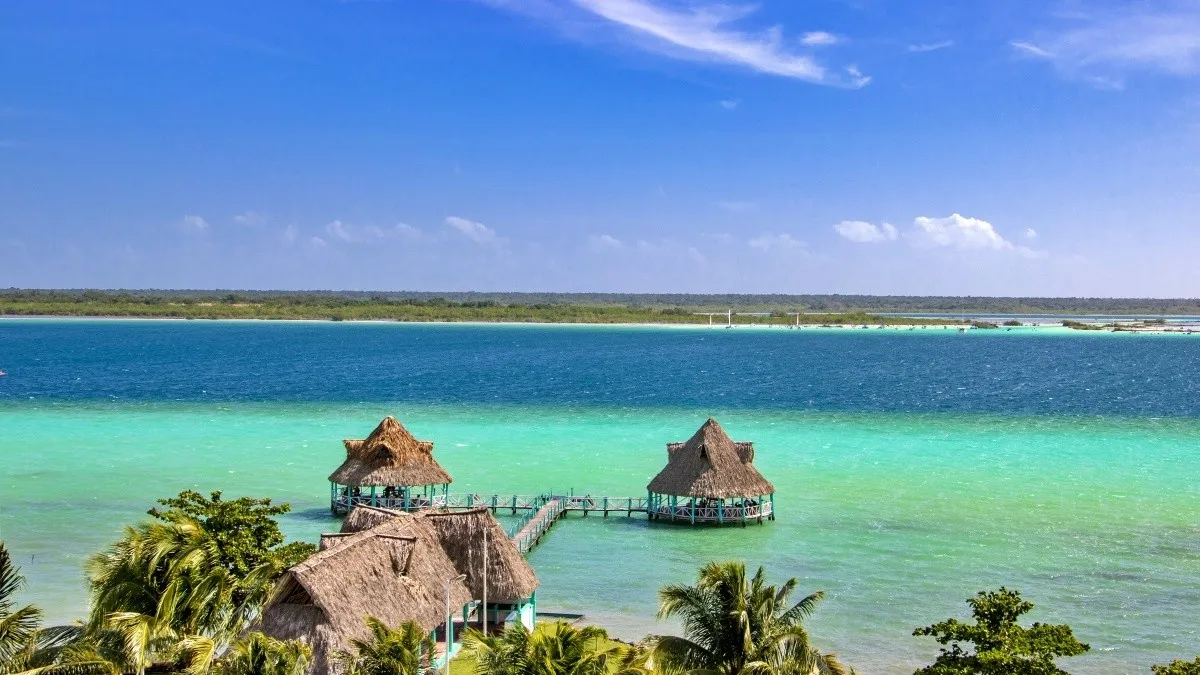Bacalar, Mexico — An old saying states: “When you see your neighbor’s beard being cut, put yours to soak.” If there is any place in Quintana Roo that should urgently apply this, it is Bacalar. What is happening today in Tulum must be taken as an example to finally put an end to what is being experienced today in Bacalar.
The tenth municipality is now in a nosedive, experiencing uncontrolled price increases, a loss of urban control, insecurity, and the displacement of its local population, which translates into very low tourist arrivals. To travel through Bacalar today is to see empty streets and restaurants without patrons.
The situation in the Lagoon of Seven Colors did not emerge overnight; it was the result of years of disinterest, corruption, and the belief that tourist development could be sustained without planning or social consciousness. The "Pueblo Mágico," which was once synonymous with tranquility, pristine landscapes, and hospitality, now faces a price escalation that has begun to expel both locals and national visitors.
Today, eating in Bacalar has become a luxury. Restaurants that are emblems of "gourmet" tourism charge prices that rival those in exclusive zones of the Riviera Maya. A simple dish can cost what previously represented a complete family meal. Gasoline is even sold at a higher price than in Chetumal, and rents and land have reached absurd figures that have nothing to do with the local economy.
The problem is not that Bacalar is growing. The problem is how it is growing: without control, without order, and without social justice. And while prices rise, security declines. In recent months, high-impact crimes have been reported in Bacalar that were previously unthinkable. Some rural communities already show signs of being under the control of criminal groups.
This is occurring in a municipality where the municipal authority should be an example of integrity but is instead a cause for suspicion. The multiple allegations of corruption, rumors of orchestrated land dispossession, and the lack of transparency surrounding the municipal president, José Alfredo "Chepe" Contreras, and his treasurer, Paul Romero Gómez, only worsen citizen distrust.
The scenario becomes even more complicated with the imminent conversion of Bacalar into a Protected Natural Area. What sounds good in ecological discourse could replicate the Tulum disaster with the Jaguar Park: a project in the hands of the federal government, with decisions made from distant desks and without listening to those who actually live there. If Bacalar surrenders its environmental and territorial autonomy without demanding mechanisms of co-responsibility and vigilance, what will follow is the loss of local control and benefits concentrated in the hands of a few.
Bacalar still has time to correct its course. It must recover the balance between development and sustainability, between tourism and community. It must protect its people, its lagoon, and its identity before becoming another postcard of dispossession disguised as progress.
The "curse" of Tulum was not a product of fate, but of indifference and unbridled ambition orchestrated from the center of the country. If Bacalar does not act with intelligence and firmness, it will soon be its most faithful reflection.
Will Bacalar put its beard to soak?
Discover more from Riviera Maya News & Events
Subscribe to get the latest posts sent to your email.
